20+ Sample Rejection Letter for Rental Applications
-
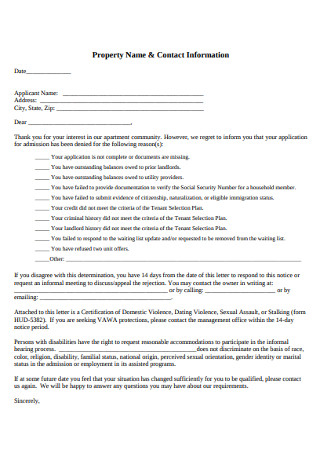
Rental Property Rejection Letter
-
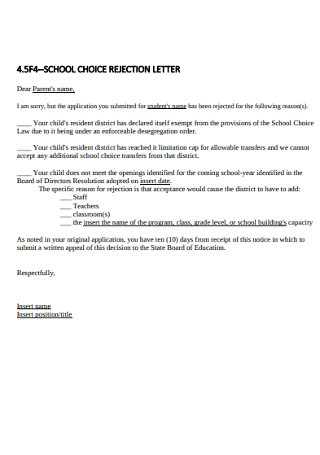
School Rent Rejection Letter
-
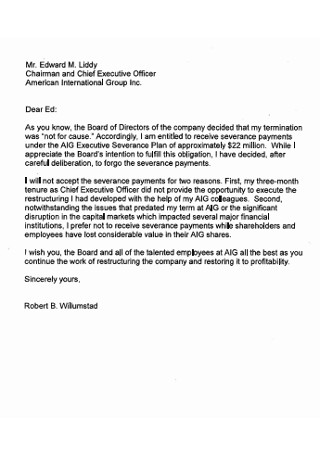
Company Rental Rejection Letter
-
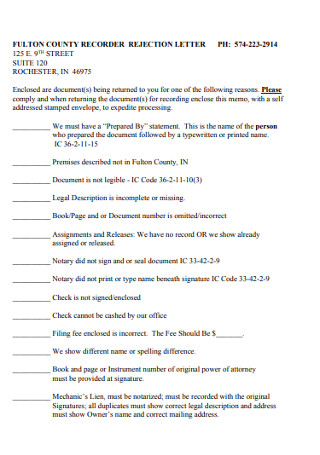
Sample Rental Rejection Letter
-
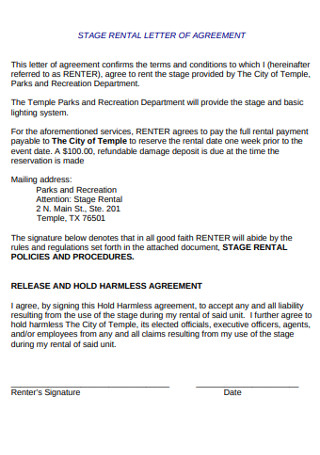
Basic Rental Rejection letter
-
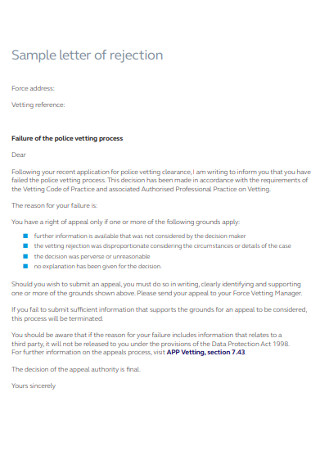
Sample College Rental Rejection Letter
-
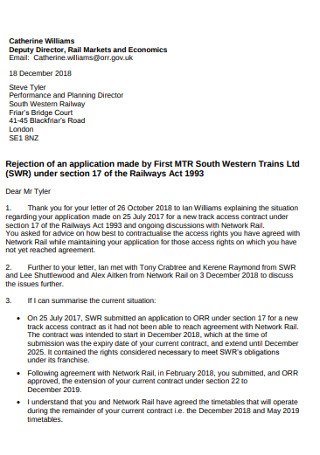
Standard Rental Rejection Letter
-
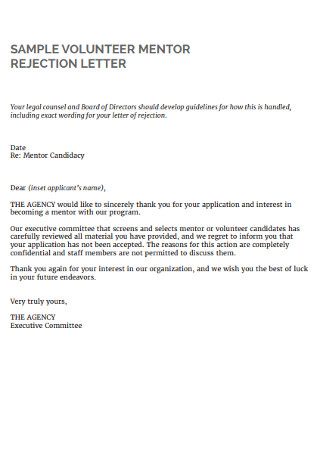
Formal Rental Rejection Letter
-
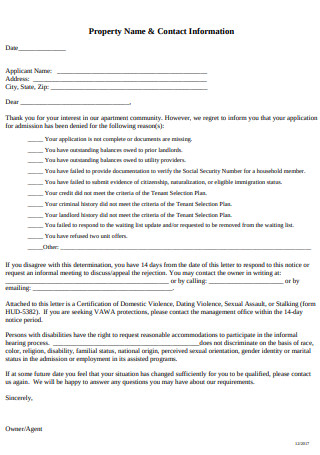
Application Rejection Letter
-

Letter of Denial of Rental Application
-
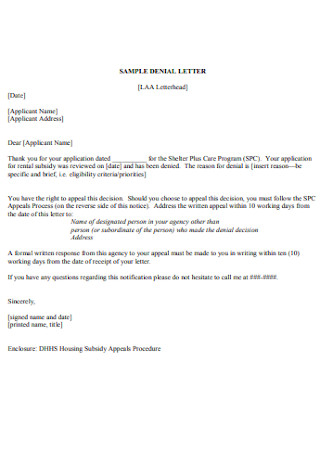
Sample Daniel Letter
-
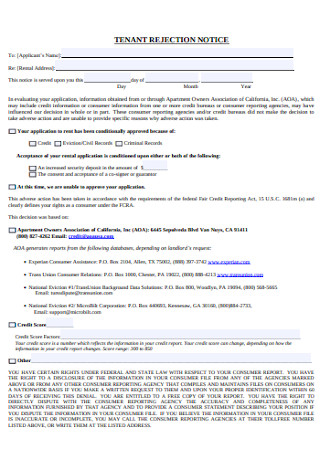
Tenant Rejection Letter
-
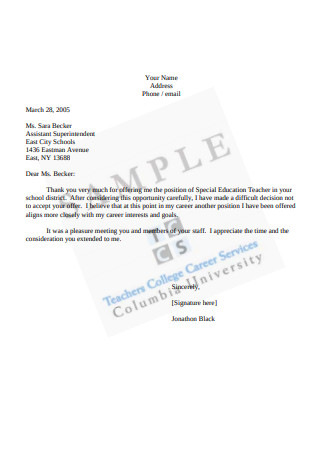
Sample Decline Offer Letter
-

Apartment Application Decline Letter
-
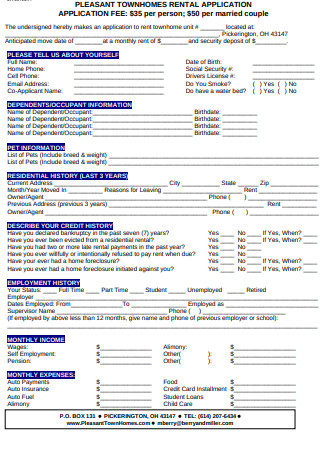
Rental Rejection Application Letter
-
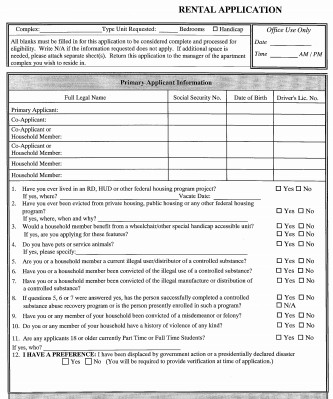
Tenant Decline Letter Sample
-
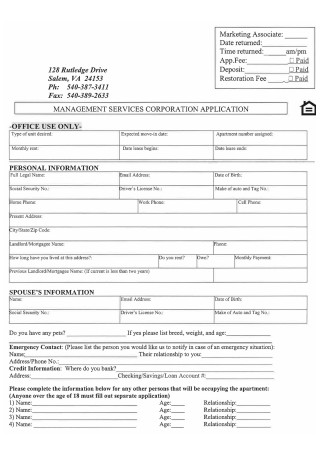
Rental Application Rejection Format
-
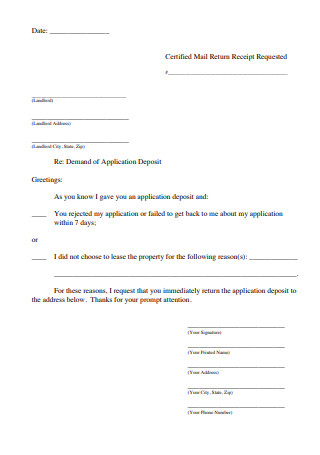
Demand Letter of Application Deposit
-
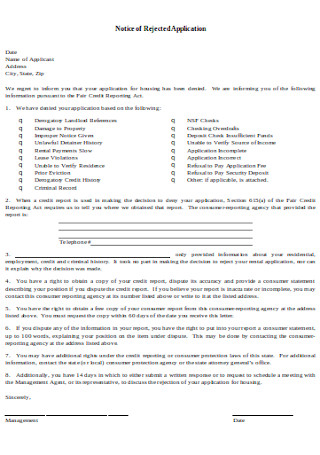
Rental Application Denial
-
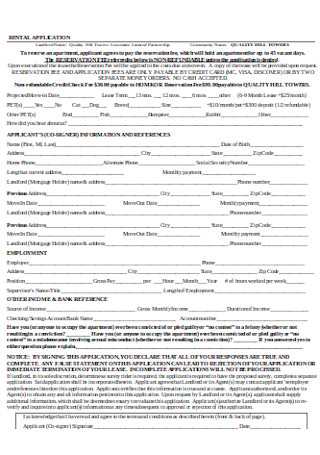
Rejection of Application Letter
-
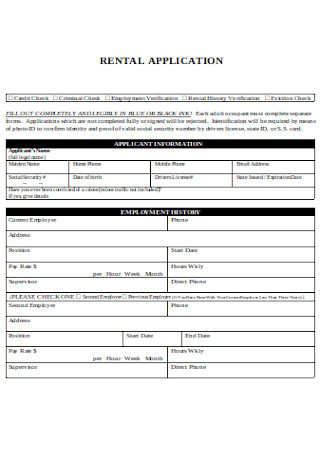
Formal Rental Application Letter
FREE Rejection Letter for Rental Application s to Download
20+ Sample Rejection Letter for Rental Applications
What Is a Rejection Letter for Rental Application?
Types of Rejection Letters for Rental Application
How to Write a Rejection Letter for Rental Application
The Dos and Don’ts of a Rejection Letter for Rental Application
What Is a Rejection Letter for Rental Application?
A rejection letter for rental application, also known as a tenant rejection letter, informs an applicant for residential or commercial occupancy that their request was denied by the property owner or manager. This commonly happens when there are discrepancies in the tenant’s application documents and if red flags in his or her criminal or credit background record were discovered. Differences in factors that concern one’s employment, monthly income, credit histories, and references can help landlords justify their reason for rejecting the person’s rental application. It is one of the most important documents that help landlords reject unqualified applicants under legal terms.
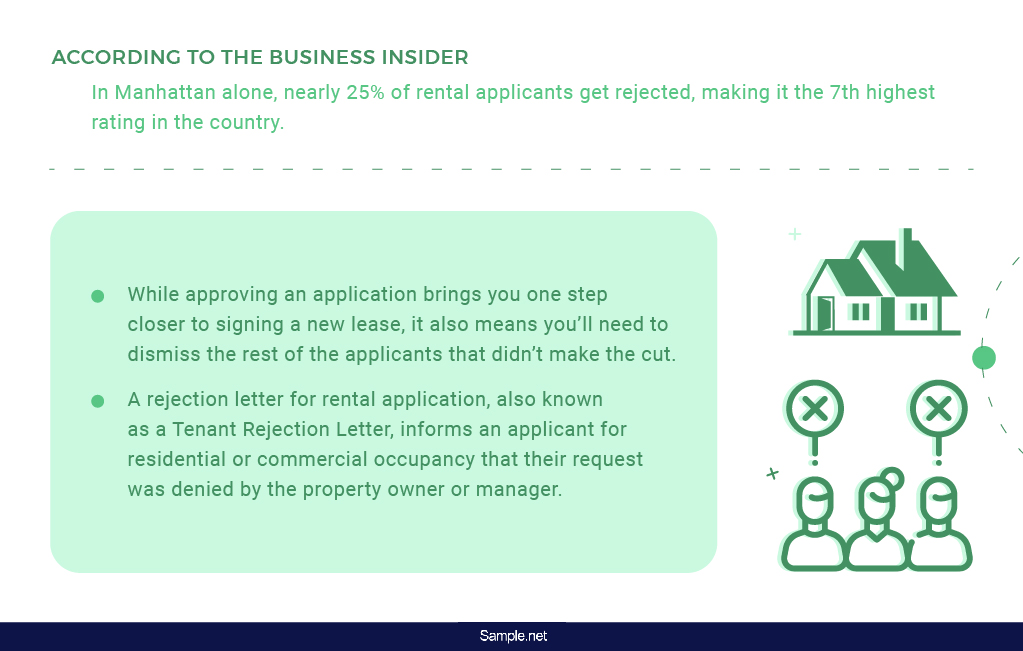
Types of Rejection Letters for Rental Application
Having a legal and effective application denial system will always come to your advantage. Every applicant is different, which means that your reason for turning them down will likely vary from case to case. Thus, it’s best to establish more than one method of denying an unwanted applicant for a more appropriate approach to the situation. These levels of unacceptability may be expressed in three different types of letters:

How to Write a Rejection Letter for Rental Application
The vacancy rate of rental housing units in the southern region of the United States was estimated at around 8.5% in 2018, as reflected in a report by Statista. This proves just how difficult it is to find a property that not only has space available for a person to rent but can offer a favorable response to one’s application. As a landlord, it’s never easy to reject applicants who are interested in renting one of your properties. With no hard-and-fast rules to save you from legal undertakings and hurt feelings, writing a formal rejection letter is the least interesting part about screening rental applications. If you want to survive in the landlord business, you need to know how to deny a tenant application the right way.
Step 1: Download a Template
Given the number of recipients that will likely receive your rejection letter, consider using a letter template to remain consistent in terms of format and structure. All you need to do is to find an applicant rejection letter template that best suits your preferences. There are a ton of templates designed for different landlord-tenant relationships, so be sure that the one you use requires less effort to modify. Not only is it a time-saving alternative, but it also ensures that your letters remain professional at all times. You can even customize the template to make it unique to your area of business, while also keeping it specific to a certain individual.
Step 2: Date and Address the Letter to the Recipient
Like any other business letter, remember to provide the date as to when the letter was sent or written. This is then followed by a salutation and the name of your recipient. The name of the applicant being addressed in the letter must reflect what was recorded in the application to avoid any issues. Other details that were declared in the application should then be emphasized, such as the location of the property and the terms of the lease. This part of the letter is necessary to confirm that the specific person who applied for tenancy had been rejected by the landlord.
Step 3: Specify the Reason for the Rejection
Your main purpose for writing the letter should always translate properly for a reader to comprehend. Your reason for denying a client’s request to rent the property must also be provided to clarify your decision. This often comes in the form of a checklist that clearly identifies the factors that lead to the application’s rejection. For example, the landlord can note that the application was incomplete or that the applicant carries a low credit score. Any statements that apply to the circumstance should be made known by the landlord. Avoid providing vague answers to their questions that may not sound believable to even the most gullible person. It’s best to prepare the necessary records to support your reasons in case anyone from the rejected party raises a concern.
Step 4: Sign the Letter
If you want recipients to take your letter seriously, it’s important to sign the document to verify its validity. The person signing the document must have the authority to do so; otherwise, the actions expressed by the rejection letter cannot be executed. This may be performed by the landlord or the entity responsible for reviewing the application. In some cases, the landlord’s agent will take on the task of approving or rejecting an application based on the standards established by the landlord. He or she may also act as a point of communication to ensure that the landlord’s wishes for the property and its tenants are strictly observed.
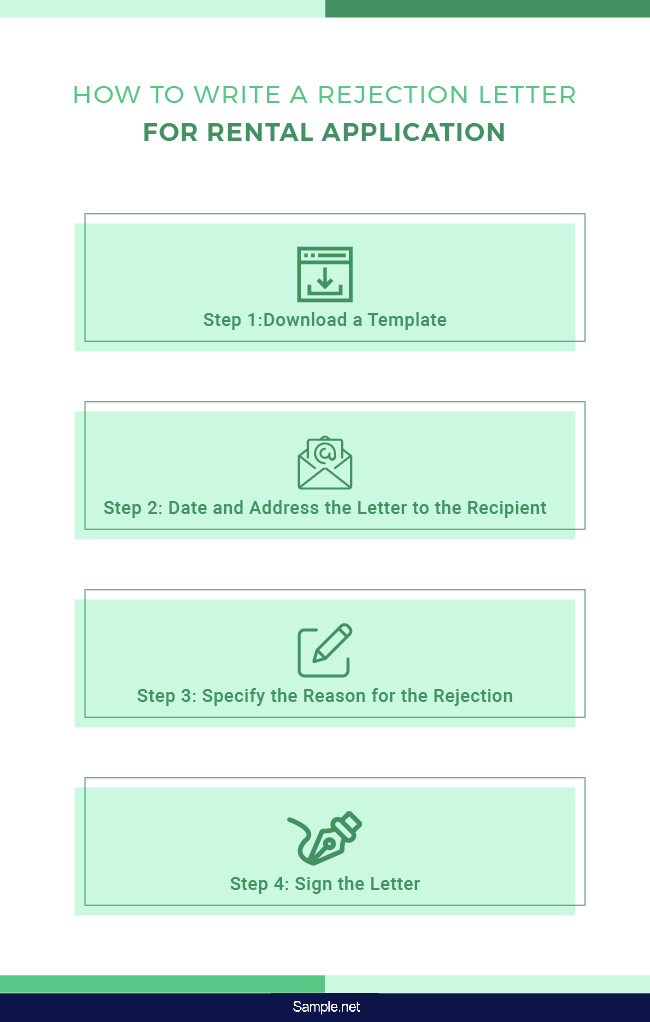
The Dos and Don’ts of a Rejection Letter for Rental Application
Having multiple applicants for your vacancy might be every landlord’s dream—until the inevitable happens and you’re forced to let the lesser-qualified applicants know that their tenancy request had been rejected. It’s not easy to turn someone down, considering how difficult it is to find an affordable place to reside in at a competitive marketplace. However, a rejection letter is an essential part of the landlord business that property owners must consider using as part of their screening process. We all know that letter writing is easy until you realize that you’re doing it for something serious. To ensure that important matters are tackled accordingly in your rejection letter, you can refer to the tips below.
What Not to Do
1. Do send the letter as soon as you make your decision.
Don’t wait until the last minute to let a rejected party know that the property’s management team had denied their application. Choosing a tenant might be a stressful journey, but once you have made your decision, a change of mind is less likely to happen. Deliberating between applicants even when you already have someone worthy in mind will only prolong the process and delay the vacancy. If you want to pick up where you left off, you need to act fast. The last thing you would want to do is to let an applicant wait around for an update that may never come.
2. Do give applicants a fair judgment.
It’s easy to assume that someone with a criminal record would cause you trouble at some point in their tenancy. But the truth is, that isn’t always the case. The U.S. Department of Housing and Urban Development issued a memorandum that prohibits landlords from making house-related decisions solely based on an applicant’s past arrest and conviction records. It’s unfair for people who simply seek another chance at living a comfortable life. Unless you have a valid reason to deny one’s rental application, don’t be too quick to write a rejection letter.
3. Do offer a uniform response to all.
You never know who might be comparing their letters. Some people might think it’s unfair how your letters imply a sense of favoritism even if there was no bias when you made your decision. To avoid false allegations against you, it only makes sense to give a uniform response to all of the rejected applicants. Though some elements of the letter may vary, such as the reason for nonacceptance and the applicant’s personal information, a uniformed response should carry a consistent tone and delivery.
4. Do address the letters personally.
At the very least, your letter should personally address the applicant as if you were speaking to them directly. Even if you have more than a dozen other applicants to turn down, don’t make this a reason to make each individual feel any less valuable. Referencing the last time you met for an inspection or tour around the property is also worth a try. This technique also helps lighten the mood as you deliver the unfortunate news. It’s nice to let the applicant know that you appreciate the time rendered to apply for the lease even without a guarantee of approval.
5. Do stick to screening policies and processes.
There’s no reason to disregard the standards you’ve set for screening potential tenants. It isn’t fair to handpick the applicants that require a credit check from those who don’t. Making unnecessary exceptions for a would-be tenant may be defined as a form of discrimination on a rental application. You can’t break or change your standards because you feel bad about the applicant; otherwise, other applicants would expect the same treatment from you. This will only create more problems with applicants that feel as if they are entitled to be treated differently compared to others. If you don’t allow pets in your property, be honest about this matter in your letter. But if you want to make the exception, make sure this new policy applies to every single one of your incoming and existing tenants.
What Not to Do
1. Don’t give the applicant false hope.
Be upfront with a candidate regarding your decision to deny their application. You don’t want to make someone feel like they still have a chance when you’ve already chosen another applicant for the tenancy. Once you close the door on someone else, there’s no point in telling them about a key that doesn’t exist. Let them know that you have them on file for future availabilities, but don’t make any promises you know you won’t be able to keep. You need to make things clear from the very beginning to prevent any issues in the near future. Honesty is not a bad thing as long as your intentions remain true.
2. Don’t be inconsiderate of the recipient’s feelings.
Be careful about how you word your letter. A poorly written rejection letter could easily be taken the wrong way even if it wasn’t your intention to hurt anyone. You need to be mindful of how your message is delivered to the recipient or you could end up painting a bad image for yourself. Think about how the main point of your letter is conveyed and determine the kind of emotion it may evoke from a reader. You can review the draft you made multiple times to see if the tone of your letter suits its function.
3. Don’t write a lengthy letter of the applicant’s shortcomings.
Always keep your letter as short and as polite as possible. Don’t feel compelled to lay out a heavily detailed critique to explain the reason behind your decision. As tempting as it is, being completely blunt with the applicant can get you in trouble. You need to know your limitations when it comes to communicating sensitive matters with another human being. It’s best to keep your feedback simple and honest enough to allow the recipient to understand that their application failed to meet the desired requirements.
4. Don’t make spelling or grammar errors.
Make sure to proofread your letter once you have finished writing. Rejection letters filled with the most obvious spelling and grammar mistakes are just plain tacky and unprofessional. It also makes it seem as if you paid little attention to the whole process of composing the letter. To make sure your message is delivered the way it should be, simplifying your sentences is a good technique to apply. It’s easier to have someone review the letter or to use an online spell checker to correct those errors before sending the letter.
5. Don’t hesitate to call an attorney when in doubt.
It’s good to have an expert you could turn to when legal challenges arise and you have no idea how to address those concerns. Find an attorney who could review the rental form submitted by the applicant for further review. Instead of letting the attorney do all the work, allow the attorney to inspect only the most complex cases that you aren’t quite sure of. The attorney can use his or her knowledge in the field to assess whether your tenant rejection letter complies with the latest anti-discrimination requirements of your state. Neglecting to follow these rules is bound to put you in a difficult situation with the law.
Giving a rejection letter to a rental applicant is arguably the most challenging part of the application process. It’s never easy, or particularly enjoyable, for anyone assigned to perform the task. But by following the tips and guidelines presented in this article, the exercise of writing a rejection letter that is straightforward and appropriate will be a lot more bearable.
